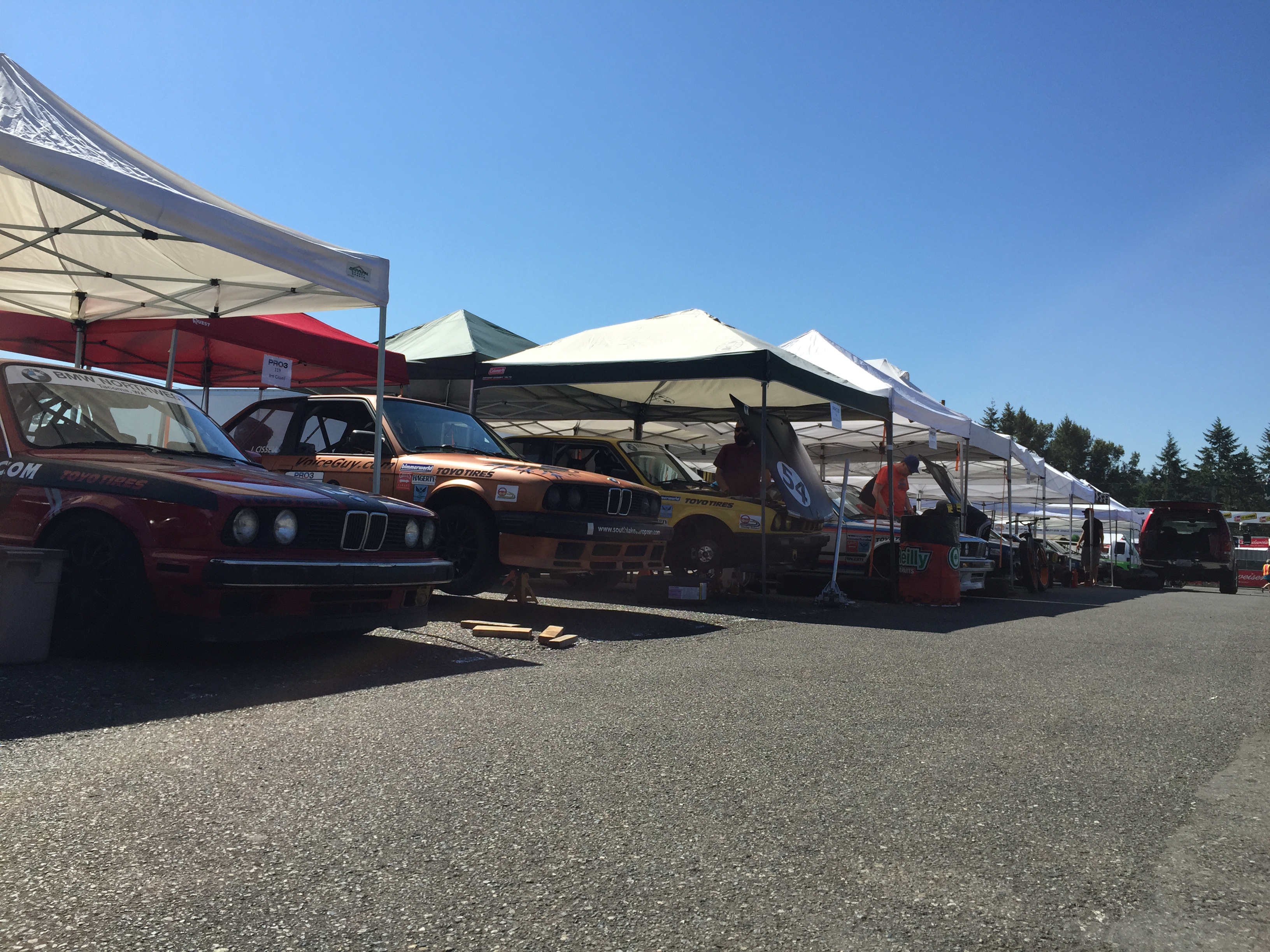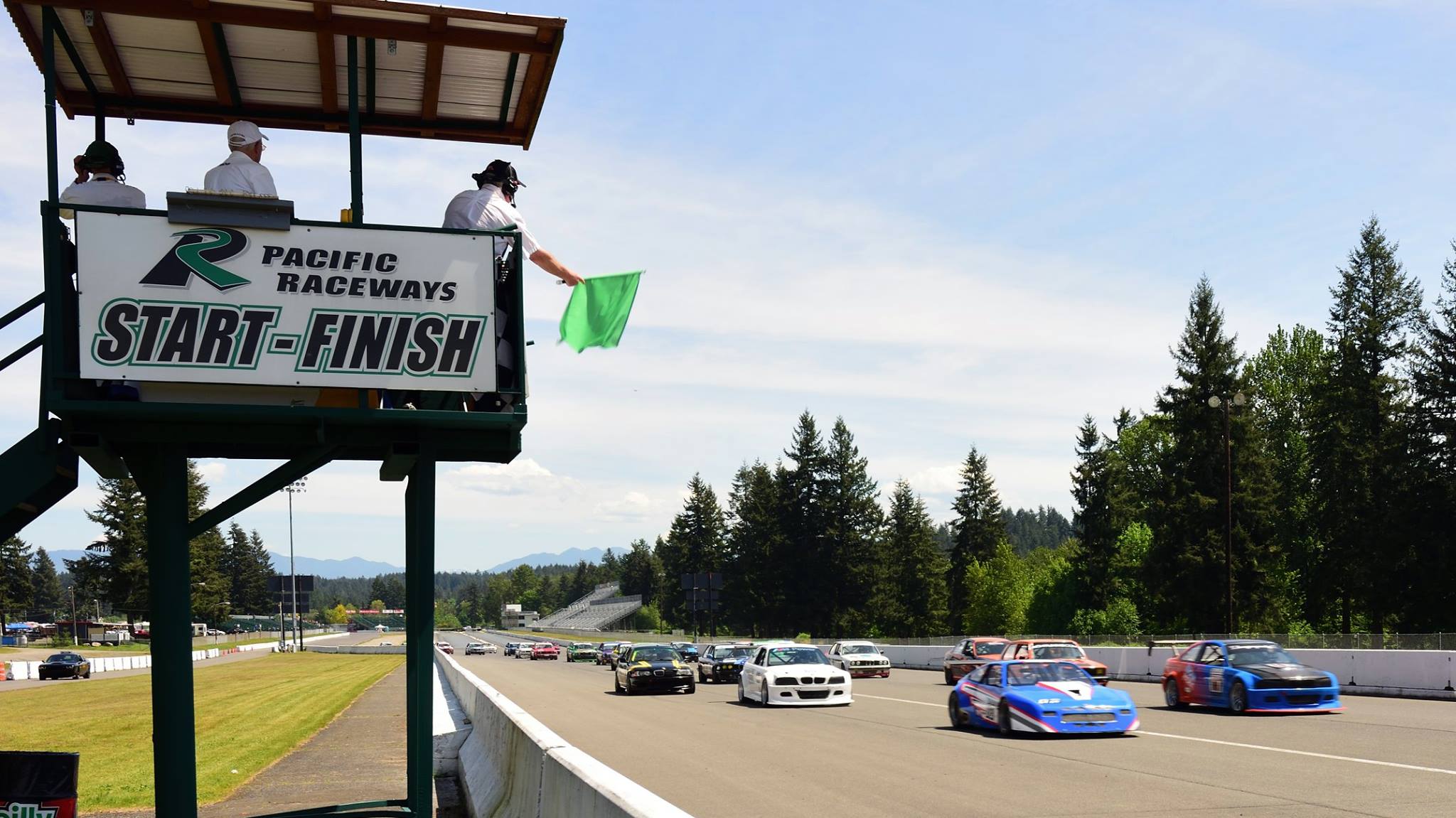 It’s race day! Although I had races yesterday, today was the big race – the race that counts towards the PRO3 Championship, one of the most contested and desired club racing crowns in the pacific northwest and if this series was national, I think it would be up there with a Spec E30 or Spec Miata national championship. Big fields, hard racing and really needing to drive these cars to the limit, without losing momentum to go fast.
It’s race day! Although I had races yesterday, today was the big race – the race that counts towards the PRO3 Championship, one of the most contested and desired club racing crowns in the pacific northwest and if this series was national, I think it would be up there with a Spec E30 or Spec Miata national championship. Big fields, hard racing and really needing to drive these cars to the limit, without losing momentum to go fast.

The plan of attack
Yesterday, I improved some of my personal best lap times by over a second and in worsening conditions. I turned a 1:37.2xx in the afternoon, which was nearly 10 degrees warmer than during qualifying in the AM and repeated that almost exactly, in the second half of the 1-hour endurance race… with tires going on their 11th and 12th heat cycle!
So today my goal was to keep improving and try as best as I could to crack the 1:36.xxx range of lap times, of which in my going back through official race records on the ICSCC.com website, there are less than ten people who have ever gone under 1:37.000 in a PRO3 car, at Pacific Raceways on official record.
Part of this is that up until a few years ago, the track surface turns 8 and 9 were absolutely horrendous. They were the original concrete or whatever the surface type was, full of bumps, pot holes and smoothened over years and years of beatings.

It got so bad that a few track day organizations essentially boycotted holding events there because they had customers, with really nice cars, suffer bent wheels and damaged tires. The reality was that it wasn’t great, not the worst ever but because it was deterring people from coming to the track, it needed to be fixed. Here is a video of Cody Smith, of Code Red Racing, who also won the PRO3 Championship in 2013, flying through Pacific Raceways. Cody is fast and smooth!

How’d it go? 1:37.104!
This time, we decided to start towards the back of the field and use the first few laps to warm up the tires, build tire pressures, get a solid lap in and then adjust track position. We did just that and towards the middle of the session, I fell back to latch on a to pack of PRO3 cars running together. Though I didn’t know for sure, I felt like I was faster than the whole group, so I fell back, created some space so that ideally, I’d be catching them the hardest at the end of the lap and getting the tow from them on the main straight away.

And it worked! I actually had a 1:36.9xx going for most of the lap but on the turn 8, I got just the tiniest bit of sideways and I think that caused the lap to not be better. Regardless, I was happy to get it and in the end, it would have been a stretch, in that session to go faster. The consolation for me was that in that session specifically, I made an improvement but the competition ahead and behind did not.
So how did I make the improvement?
Data and video. I recorded the video below to go into more detail but essentially, I focused on three things (see below the video):

- Comparing with a faster driver: I had the benefit of getting a hold of data and video from another driver, who was faster than me (and won the PRO3 championship last year) and leveraged an alpha tool we’ve been working on with Track Attack. Essentially, with Track Attack, we’ve figured out how to make data from different systems, comparable with each other. Olivier uses RaceLogic’s Video VBOX and I use AIM or Track Attack on iOS. In the video below, you can see how I used this tool to compare the data and see where Olivier was gaining the advantage. Conclusion? Corner entry and mid-corner. Oliver was consistently able to roll more speed into a corner, maintain it mid-corner and then carry that advantage on the straights. He was and still is, much better under braking and controlling the slide of the car.
- Understand the line and what the differences looked like: Similar to Olivier, I am also a very visual learner. Though I understand data, graphs and tables, I have an athletic background, where muscle memory and training are critical. So being able to see what a faster lap time and specific segments look like from outside the car and from the driver inputs, was incredibly valuable. I was able to see in the track map comparisons, the differences in the lines taken. He would usually brake earlier and turn in later for most corners, trying to carry as much speed as possible. You could visibly see how he had to dance with the car in mid-corner and be more precise getting on throttle, to not light up the tires.
- Theoretical fastest lap: Lastly, one awesome feature we have in the Track Attack alpha product, is the ability to generate segment times AND the video associated with each of those segments. Further, we stitched together all of those segments, to show what the theoretical fastest lap time actually looks like. I generated this video and watched it over, and over, and over and over again, trying to program the muscle memory of that lap into my eyes, mind, hands, feet and core. I wanted that low 1:36.xxx lap time infused into every fiber of my being.
When will this be available?!?!?!
Soon! Racer on Rails is intended to be un-biased about products, so I won’t talk about it much here but know that we’re working on this with the Track Attack team and that this summer, this type of analysis and capabilities will be available to everyone and support all major data acqusition system file types (AIM, MoTec, Bosch, RaceLogic, TraqMate, Alfano and Unipro).
Race Result: Qualified P3 and Finished P3
This was an awesome race, see the video below. The high points are that I got a decent start, positioned myself exactly where I wanted to be and was able to make a really fun overtake on lap 2, turn 2 to get into 2nd position. I knew that if I got behind Brian Bercovitz, I would have to stay with him and pressure him into making mistakes because he is a good driver and has a rocket ship car (not that mine is a slouch).

I found myself in just that position a couple laps in and determined that I had an advantage on him under heavy braking (for turns 2, 3a, 3b and to a lesser extent, 8) but he did a great job through 5a, 5b, 6 and 7. So at the end of each lap, we’d end up about the same distance and with me being close enough to tuck under his draft. Trying to go for an overtake going into turn 2, I decided to try to get an incredible run out of turn 8 and while doing so, carried too much speed into the corner, got sideways, saved it but let two cars by.
That was just under halfway through the race and while I had a better pace than those to cars, with the rear tires getting lit up during that drift, I had to baby the tires and by then, the gap was too big to overcome. I technically finished 4th but due to the 2nd place finisher being disqualified for being under-weight, I inherited 3rd place.

Although I was disappointed a little with my mistake, overall, the weekend and day was a great success. We made improvements on the car, the driver and lap times. We established that we can compete for wins and just need to be more consistent. Thanks to the whole crew for all the work before, during and after the weekend. This hardware is for you all!

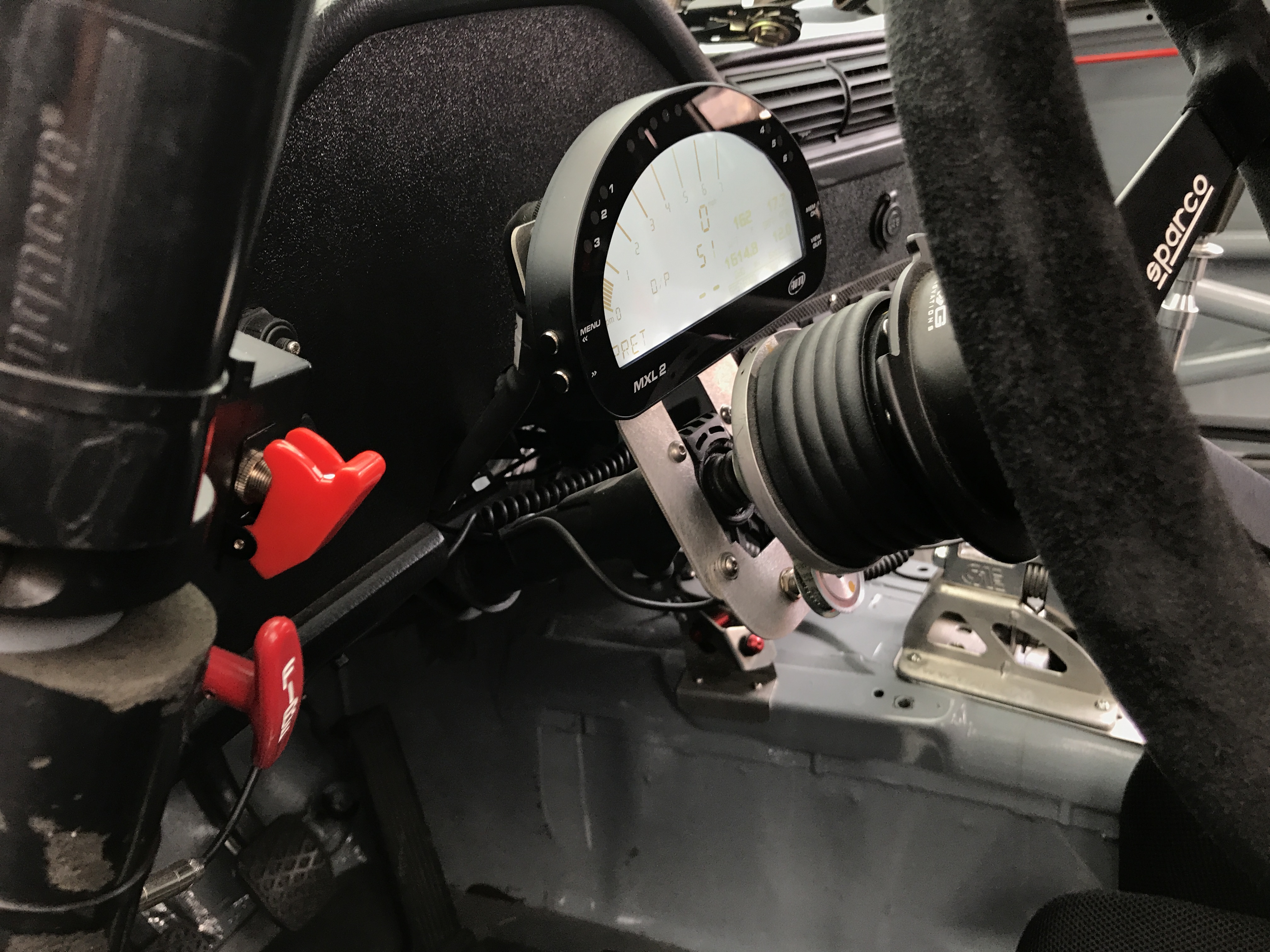 Today is the first day I have driven in the real world since I started this 30 day challenge. As I mentioned in the race reports for the
Today is the first day I have driven in the real world since I started this 30 day challenge. As I mentioned in the race reports for the 









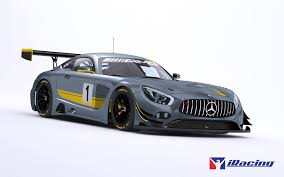



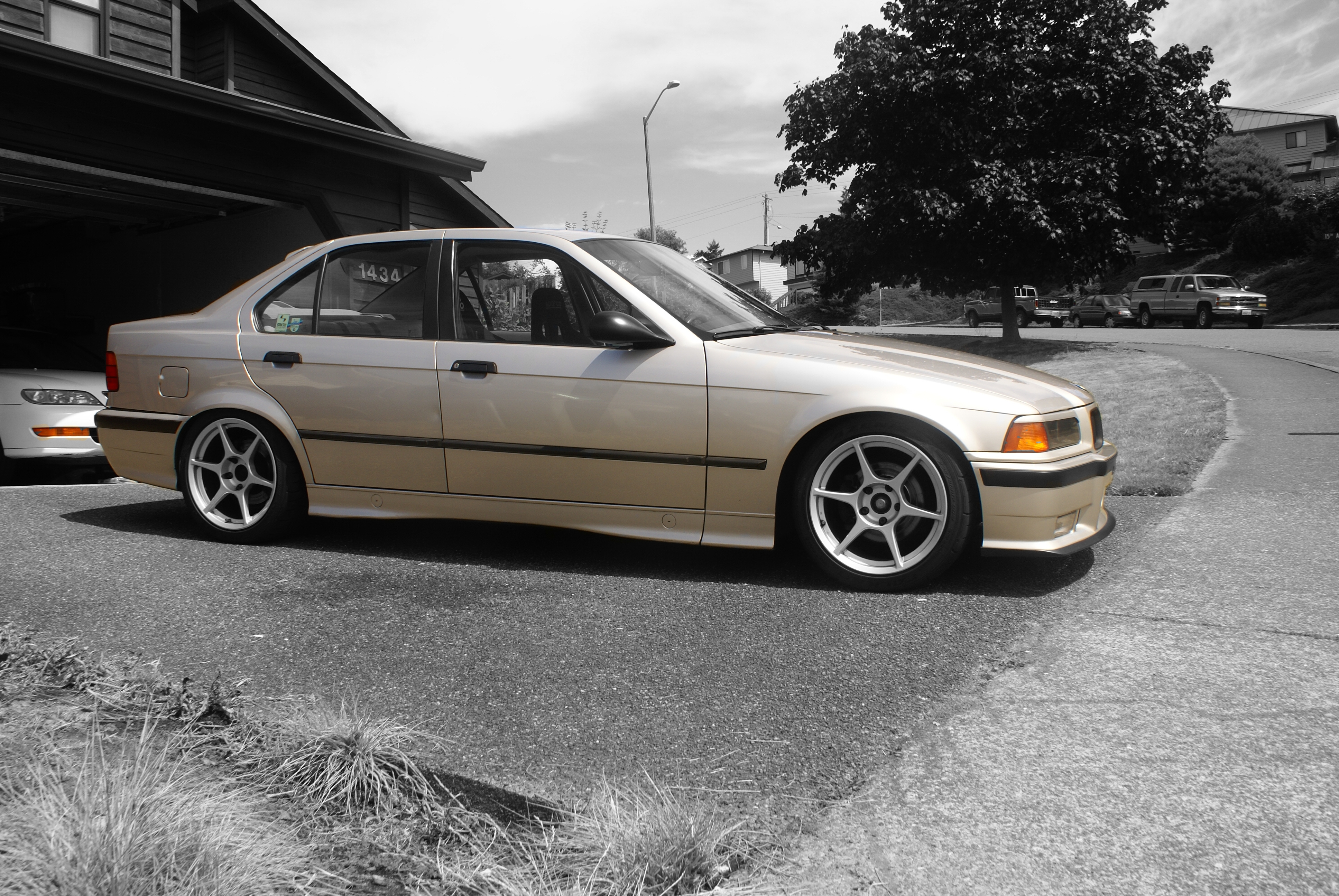




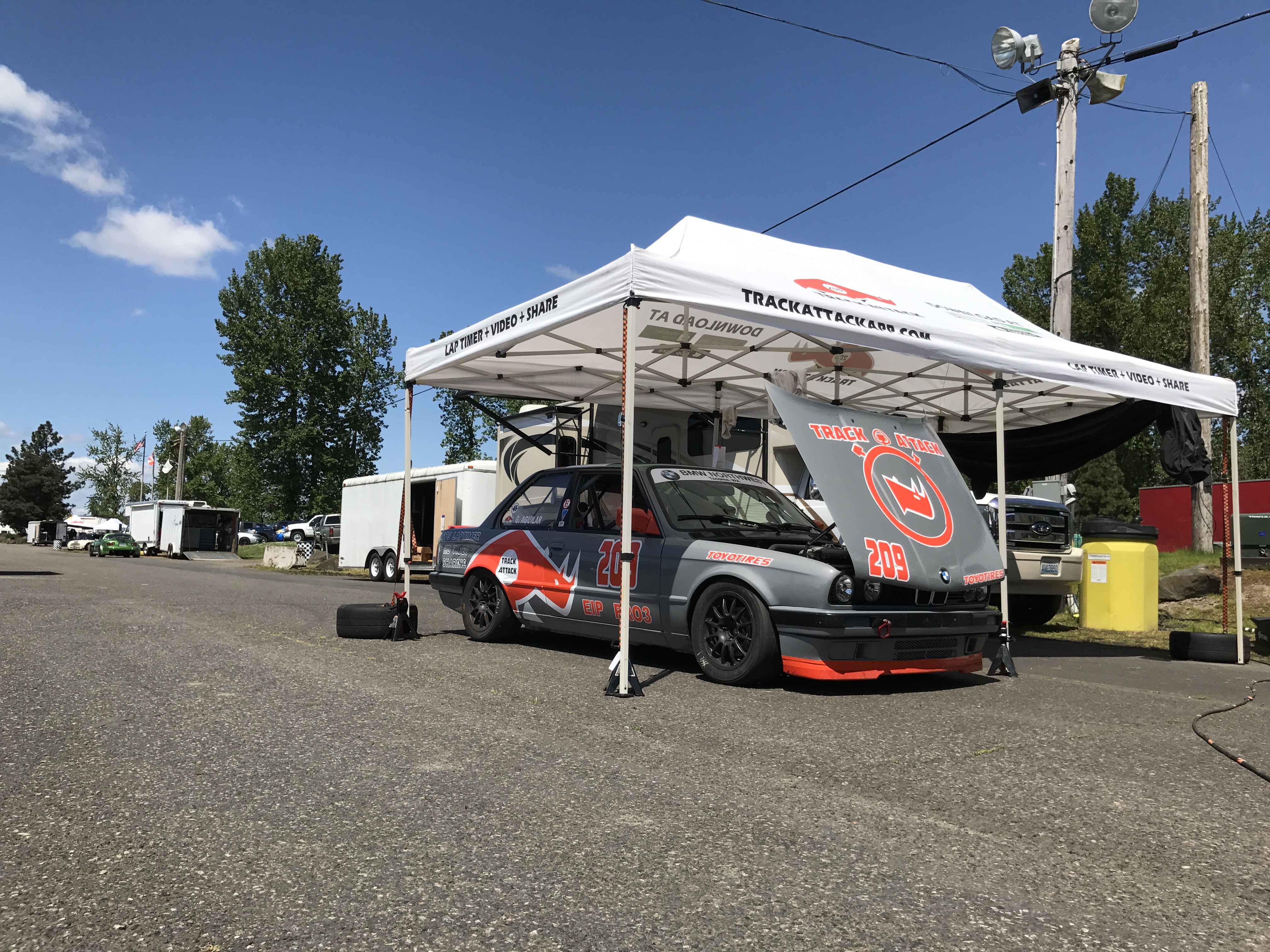 What: First sprint race weekend of the year, shaking down the car with new upgrades, testing and experiencing the highs and lows of racing.
What: First sprint race weekend of the year, shaking down the car with new upgrades, testing and experiencing the highs and lows of racing.








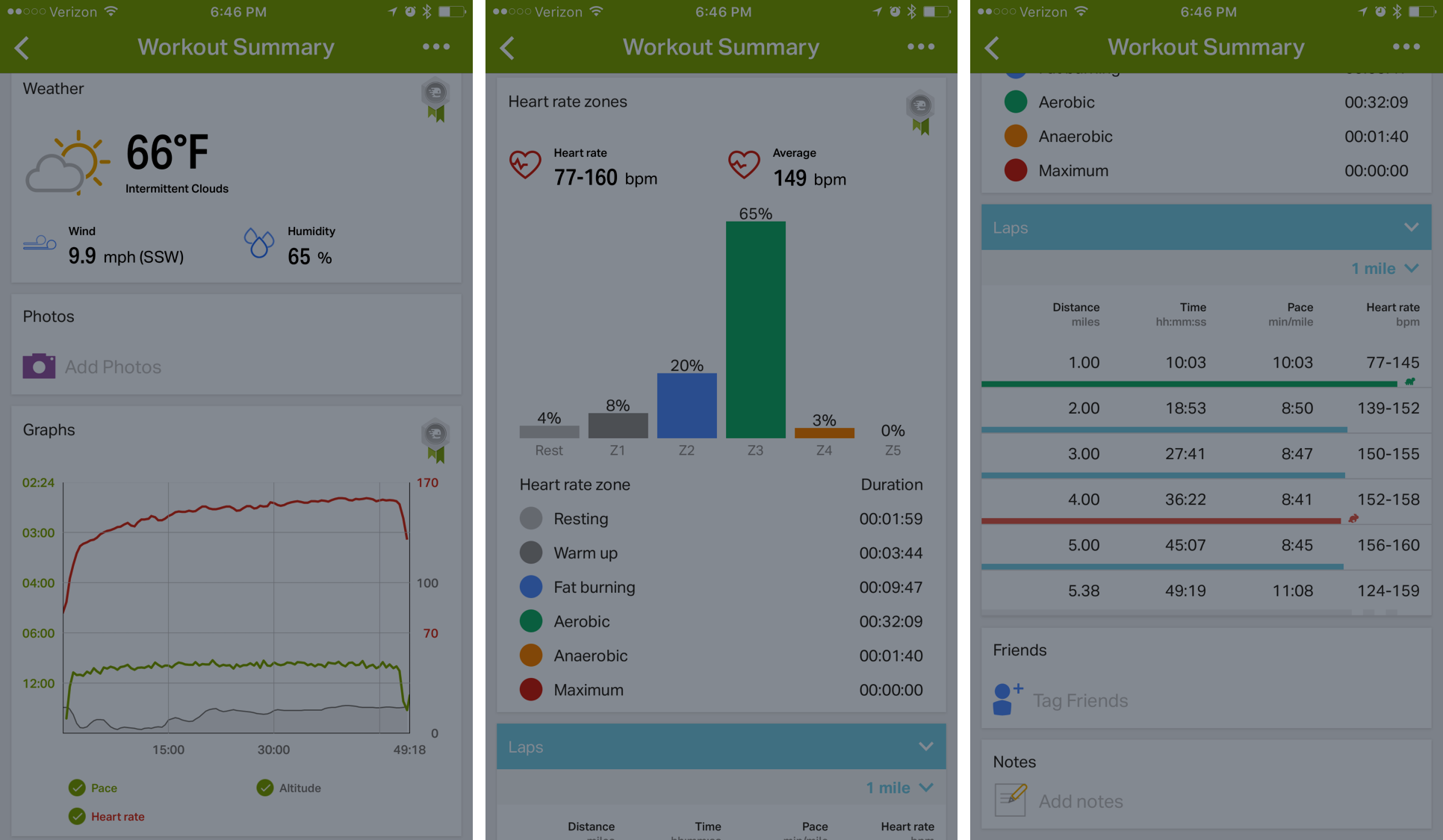 What: Motorsports is exactly that, a
What: Motorsports is exactly that, a 



